We often see wildflowers, wild grasses, and wild vegetables thriving along roadsides and in the wild, many of which have medicinal properties.
Today, I will introduce you to some common wild Chinese medicinal herbs.
1
Scientific Name:Qing Ma (苘麻)
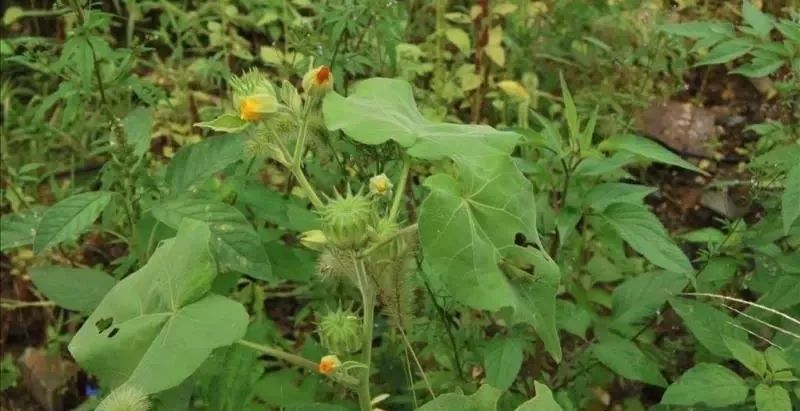
Medicinal Use
Seeds (Qing Ma Zi): Bitter, neutral. Clears heat and dampness, detoxifies, and reduces cloudiness. Used for corneal opacity, dysentery, and abscesses.
Roots (Qing Ma Gen): Used for painful urination and dysentery.
Whole herb or leaves (Qing Ma): Bitter, neutral. Detoxifies and dispels wind. Used for abscesses, dysentery, otitis media, tinnitus, deafness, and joint pain.
2
Scientific Name:Dogtail Grass (狗尾草)
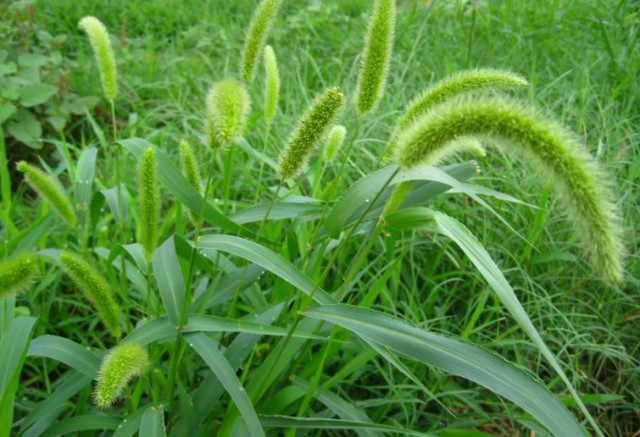
Functions and Indications: Clears heat, dispels dampness, and reduces swelling. Can be used medicinally to treat abscesses and tinea faciei.
3
Scientific Name:Shepherd’s Purse (荠菜)
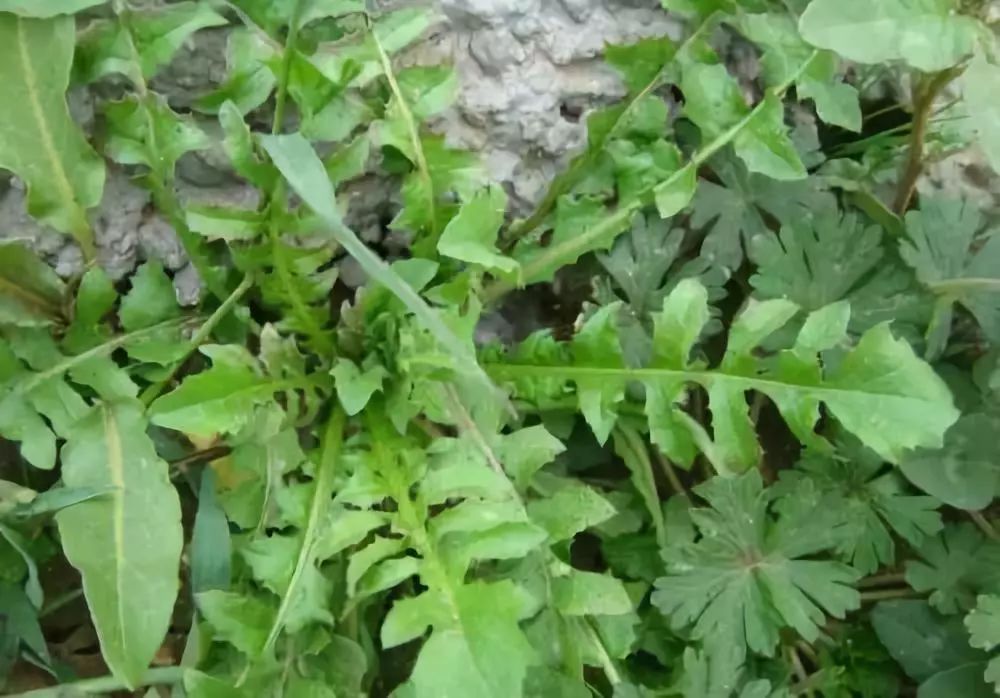
It is a popular edible wild vegetable found worldwide. It has high nutritional value and various methods of consumption.
Functions and Indications: Harmonizes the spleen, promotes urination, stops bleeding, and improves vision. Treats dysentery, edema, gonorrhea, chyluria, hemoptysis, hematochezia, menorrhagia, and red, painful eyes.
4
Scientific Name:Cang Er (苍耳)
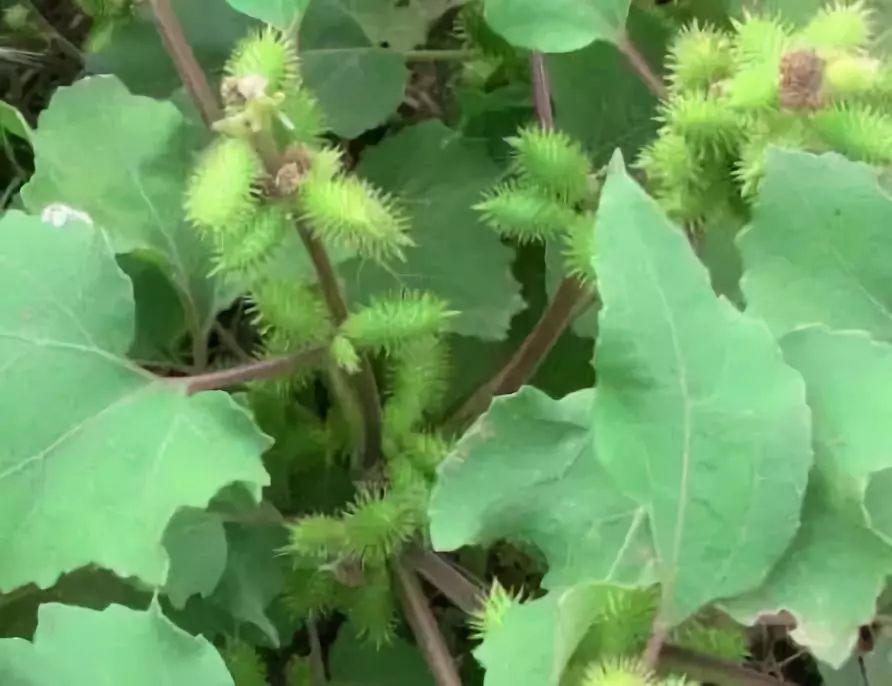
Medicinal Use
Cang Er Gen: Used for carbuncles, abscesses, throat wind, erysipelas, hypertension, and dysentery.
Cang Er Stems and Leaves: Dispels wind, scatters heat, detoxifies, and kills insects. Used for headaches, dizziness, dampness, red eyes, carbuncles, menorrhagia, and leprosy.
Cang Er Flowers: Used for white leprosy and white dysentery.
Cang Er Fruit: Dispels wind and dampness, opens nasal passages, relieves pain, and kills insects. Used for wind-cold headaches, nasal congestion, toothache, wind-cold dampness, limb pain, scabies, and itching.
Contraindications
1. Should not be consumed with pork, horse meat, or rice wash water.
2. Not suitable for making Cang Er cakes, and raw leaves or fruits should not be consumed casually.
3. Strictly control dosage and take as prescribed by a physician.
4. Not suitable for those with blood deficiency headaches.
5
Scientific Name:Ai Cao (艾草)
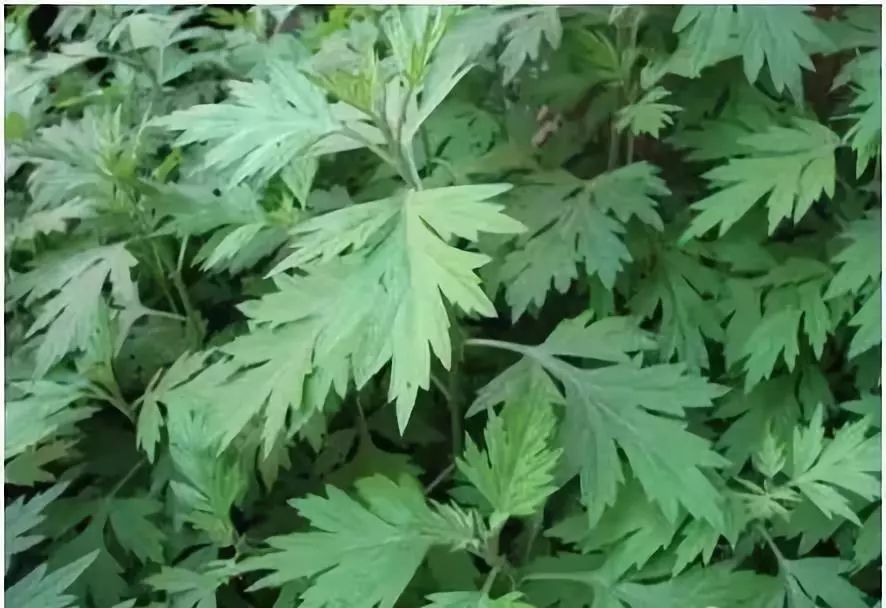
Ai Cao has been recorded in medical texts throughout history as a “key medicine for stopping bleeding” and is commonly used in gynecology, particularly for treating cold-related gynecological disorders. It is also effective for chronic bronchitis and asthma in the elderly. When boiled in water for bathing, it can prevent and treat postpartum infections in mothers and infants.
It can be used to make medicinal pillows and vests to prevent and treat chronic bronchitis or asthma and cold stomach pain; dried and crushed to obtain “Ai Rong” for moxibustion, and can also be used as a material for “seal paste”.
Additionally, the whole herb can be used as an insecticide or fumigant for room disinfection and pest control. Young shoots and seedlings can be used as vegetables.
Functions and Indications: The whole herb has warming, damp-dispelling, cold-dispersing, hemostatic, anti-inflammatory, antitussive, and anti-allergic effects.
6
Scientific Name:Ji Zi (蒺藜)

Functions and Indications: Calms the liver, relieves depression, invigorates blood circulation, improves vision, and relieves itching.
7
Scientific Name:Suan Zao (酸枣)
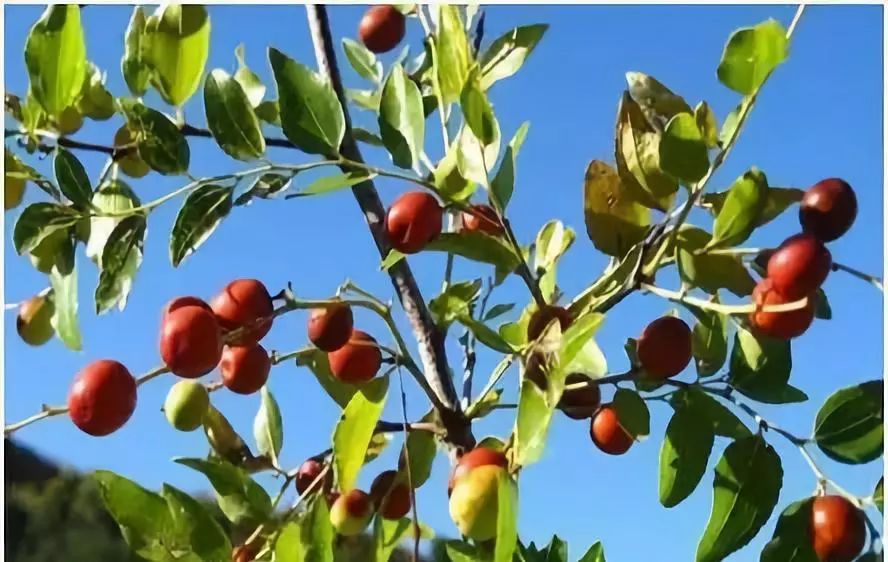
Suan Zao has high nutritional and medicinal value. It is commonly used as food.
Functions and Indications: Nourishes the liver, calms the mind, retains sweat, and generates fluids; treats insomnia, anxiety, excessive dreaming, physical weakness with sweating, and thirst due to fluid deficiency.
8
Scientific Name:Long Kui (龙葵)

Medicinal Use
The whole plant can be used to disperse blood stasis and reduce swelling, clear heat, and detoxify. Used for carbuncles, abscesses, erysipelas, bruises, chronic cough with phlegm, edema, and cancerous tumors.
Roots are used for dysentery, turbid urination, and leukorrhea.
9
Scientific Name:Tu Si Zi (菟丝子)
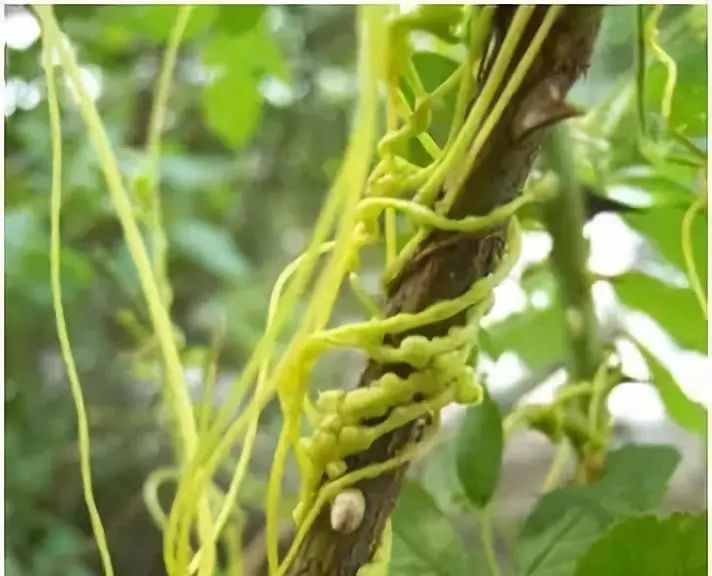
Tu Si Zi is a good medicine for tonifying the kidney, liver, and spleen, mainly used clinically for kidney deficiency-related low back pain, impotence, nocturnal emissions, frequent urination, and infertility due to cold in the uterus, as well as kidney yin and yang deficiency.
Functions and Indications: Nourishes the liver and kidneys, consolidates essence, calms the fetus, improves vision, and stops diarrhea.
10
Scientific Name:Ci Xian (刺苋)
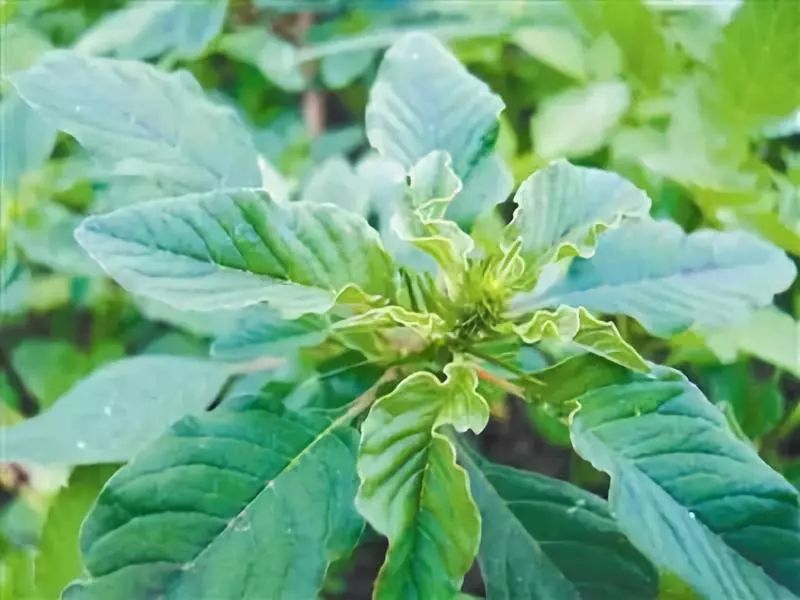
Functions and Indications: Clears heat, dispels dampness, detoxifies, reduces swelling, and cools blood to stop bleeding. Used for dysentery, enteritis, gastric and duodenal ulcer bleeding, hemorrhoids, and blood in stool; externally used for snake bites, skin eczema, and boils.
11
Scientific Name:Li (藜)
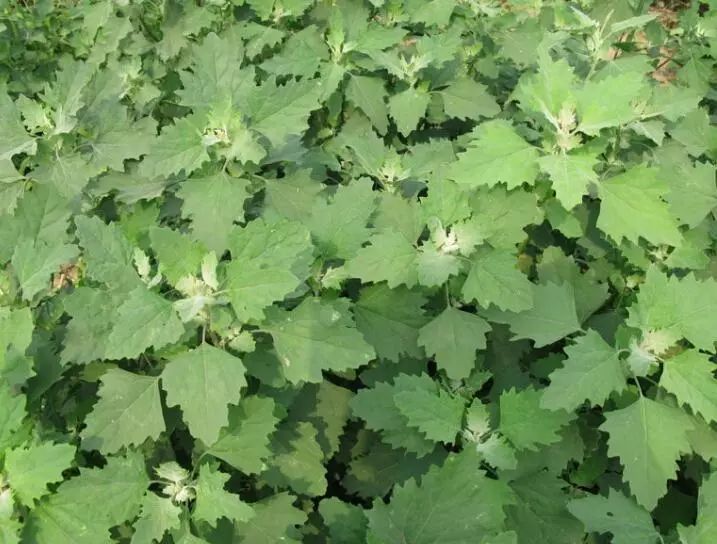
Functions and Indications: Clears heat, dispels dampness, and kills insects. Treats dysentery, diarrhea, damp skin rashes, and insect bites.
12
Scientific Name:Ma Chi Xian (马齿苋)
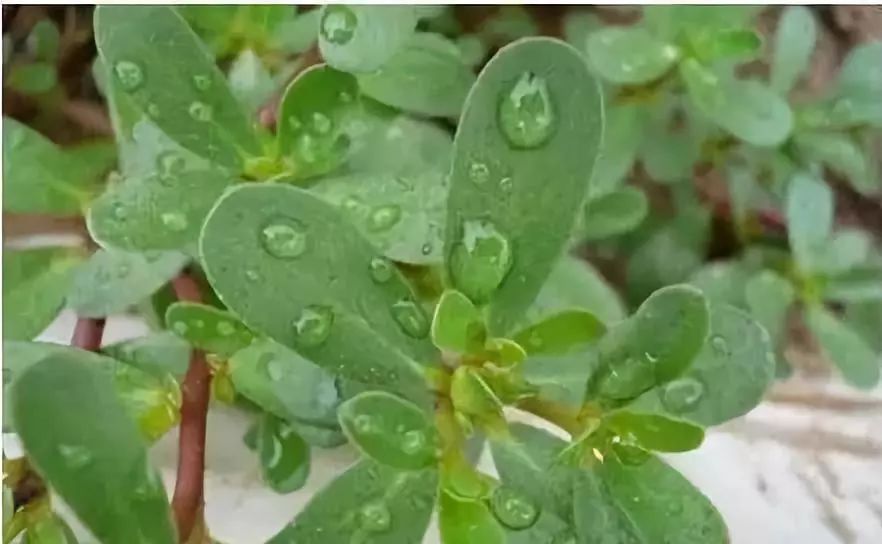
Medicinal Use
The whole herb is used medicinally, with effects of clearing heat, dispelling dampness, detoxifying, reducing swelling, anti-inflammatory, relieving thirst, and promoting urination;
Seeds improve vision; can also be used as veterinary medicine and pesticide;
Young stems and leaves can be used as vegetables, with a sour taste, and are also good feed.
13
Scientific Name:Yi Mu Cao (益母草)
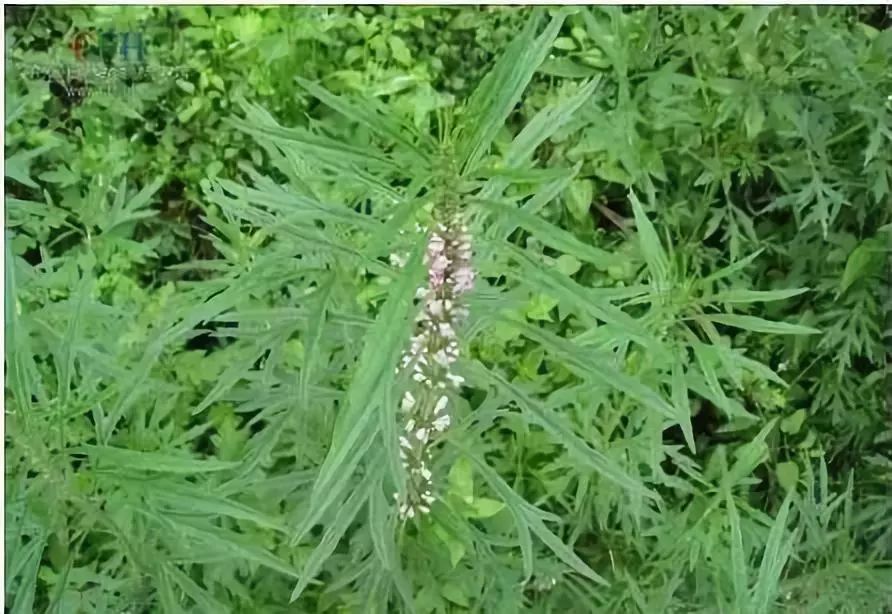
Functions and Indications: Invigorates blood, dispels stasis, regulates menstruation, and reduces water retention; treats women’s menstrual irregularities, threatened miscarriage, retained placenta, postpartum fainting, abdominal pain due to blood stasis, menorrhagia, hematuria, and abscesses.
14
Scientific Name:Jue Ming Zi (决明子)
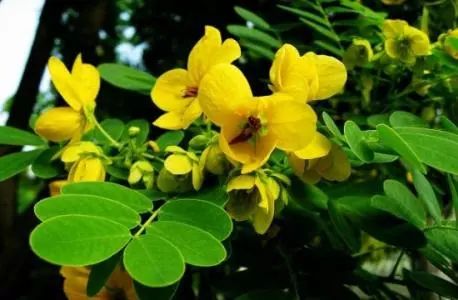
Functions and Indications: Clears heat, improves vision, and moistens the intestines to promote bowel movements. Used for red, painful eyes, photophobia, excessive tearing, headaches, dizziness, dim vision, and constipation.
15
Scientific Name:Liu Cao (葎草)
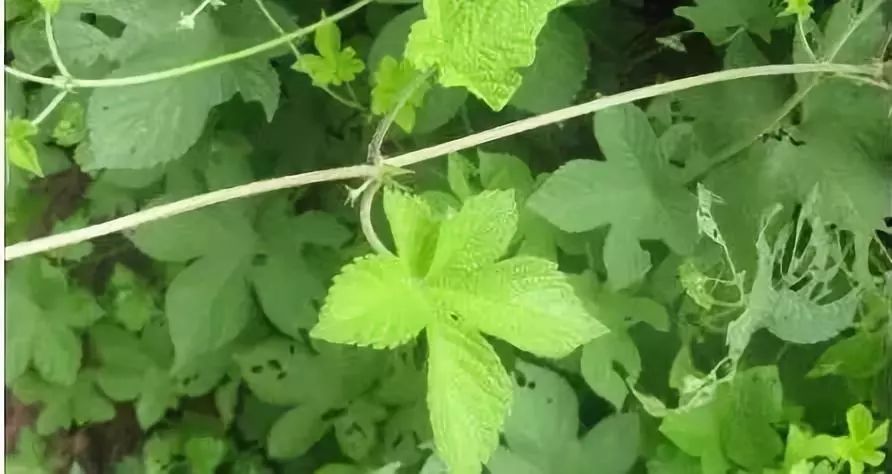
Functions and Indications: Clears heat, detoxifies, and promotes urination. Treats cough due to lung heat, lung abscess, thirst due to deficiency heat, heat dysuria, edema, and skin itching.
16
Scientific Name:Xiao Ji (小蓟)
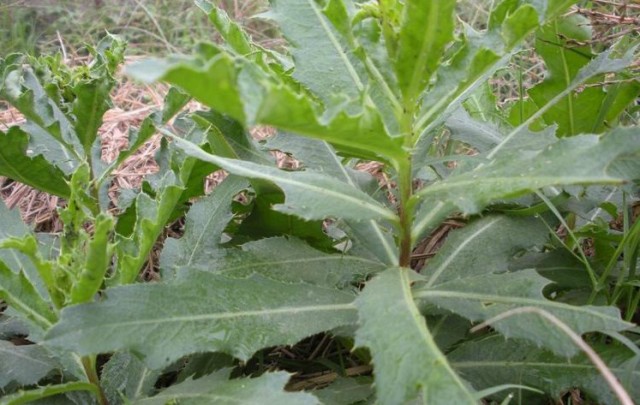
Functions and Indications: Cools blood to stop bleeding, dispels stasis, and reduces swelling. Used for epistaxis, hemoptysis, hematuria, hematochezia, menorrhagia, external bleeding, and abscesses.
17
Scientific Name:Shui Liao (水蓼)
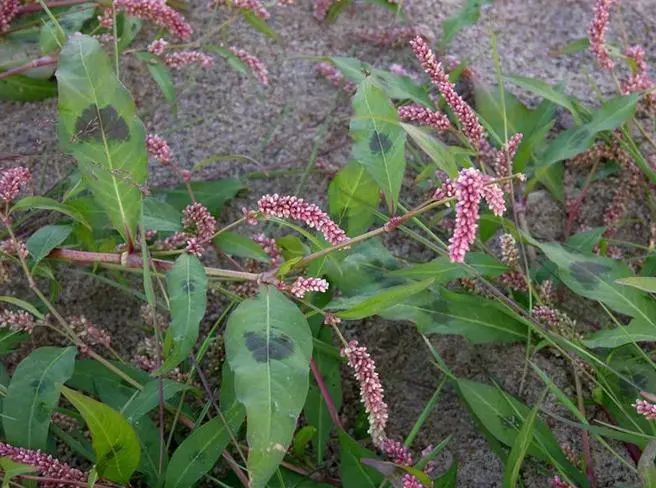
Functions and Indications: Promotes circulation, dispels dampness, stops bleeding, relieves itching, and detoxifies. Used for internal dampness, abdominal pain, diarrhea, dysentery, children’s malnutrition, menorrhagia, blood stasis, dysmenorrhea, trauma, skin itching, eczema, urticaria, athlete’s foot, abscesses, and snake bites.
18
Scientific Name:Niu Jin Cao (牛筋草)
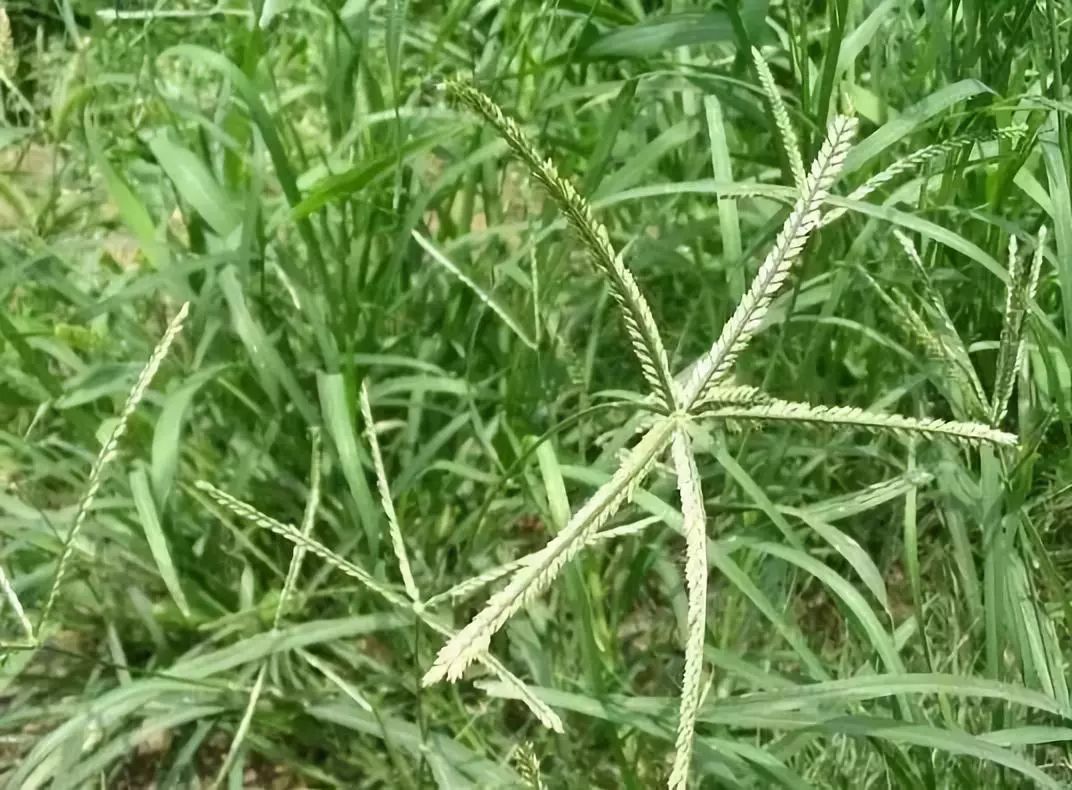
Functions and Indications: The whole herb is used. Dispels wind, promotes urination, clears heat, detoxifies, disperses stasis, and stops bleeding. Used for preventing and treating Japanese encephalitis, epidemic cerebrospinal meningitis, rheumatic joint pain, jaundice, children’s indigestion, diarrhea, dysentery, painful urination, trauma, and external bleeding.
19
Scientific Name:Xiao Peng Cao (小蓬草)
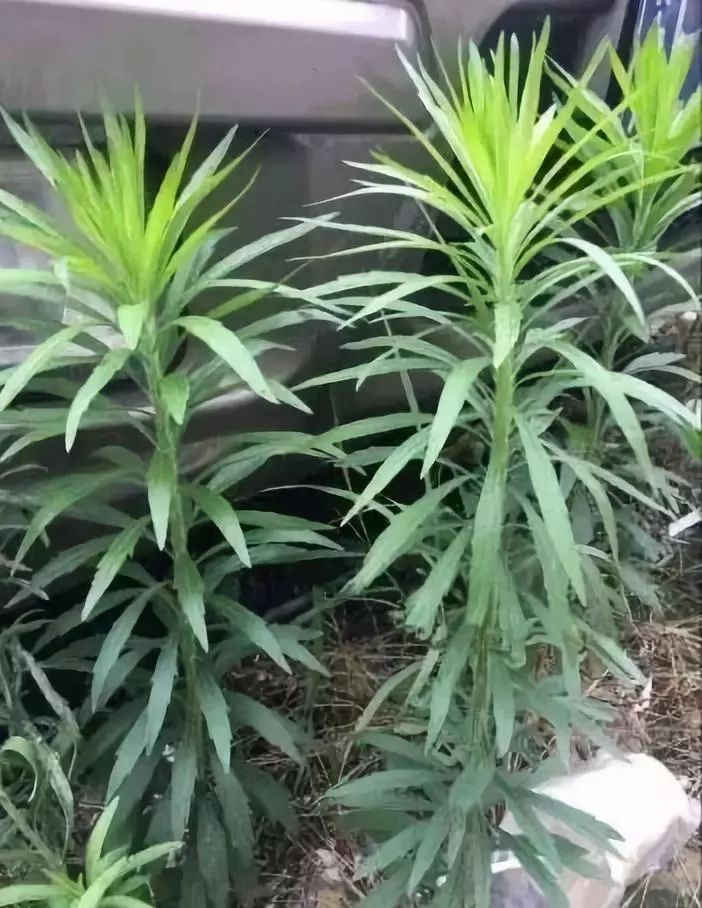
Originally from North America, now widely distributed. It is one of the most widely distributed invasive species in China.
Functions and Indications: The whole herb is used to reduce inflammation and stop bleeding, dispel wind-dampness, and treat blood in urine, edema, hepatitis, cholecystitis, and children’s scalp sores.
20
Scientific Name:Ping Che Qian (平车前), commonly known as Che Qian Cao.
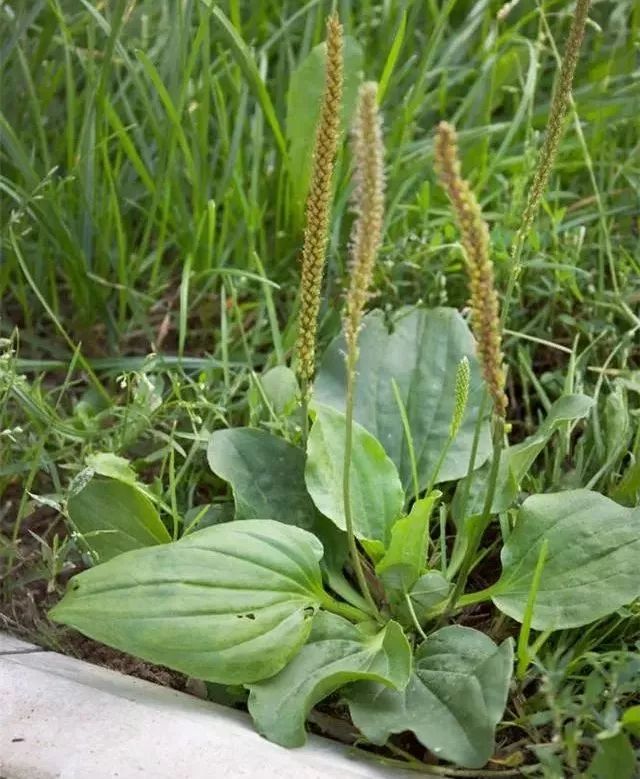
Functions and Indications: Promotes urination, clears heat, improves vision, and dispels phlegm. Treats urinary obstruction, turbid urination, leukorrhea, hematuria, jaundice, edema, heat dysentery, diarrhea, epistaxis, red, swollen eyes, throat obstruction, cough, and skin ulcers.
21
Scientific Name:Qian Niu (牵牛)
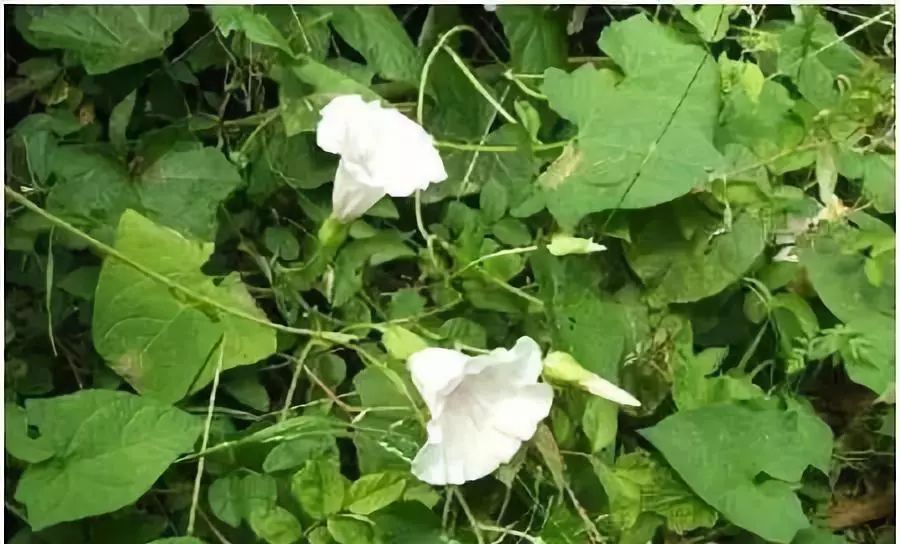
The medicinal value of Qian Niu Hua is quite high. In the Ming Dynasty, Wu Kuan praised it in poetry: “The herbal compendium lists medicinal products, and the grass section mentions Qian Niu. It winds through the fence, spreading widely.”
Functions and Indications: The seeds are commonly used in traditional medicine, known as Chou Niu Zi (云南), Hei Chou, Bai Chou, Er Chou (mixed black and white seeds), with black seeds being more commonly used. They have diuretic, phlegm-expelling, and insecticidal effects.
22
Scientific Name:Tie Xian Cai (铁苋菜)
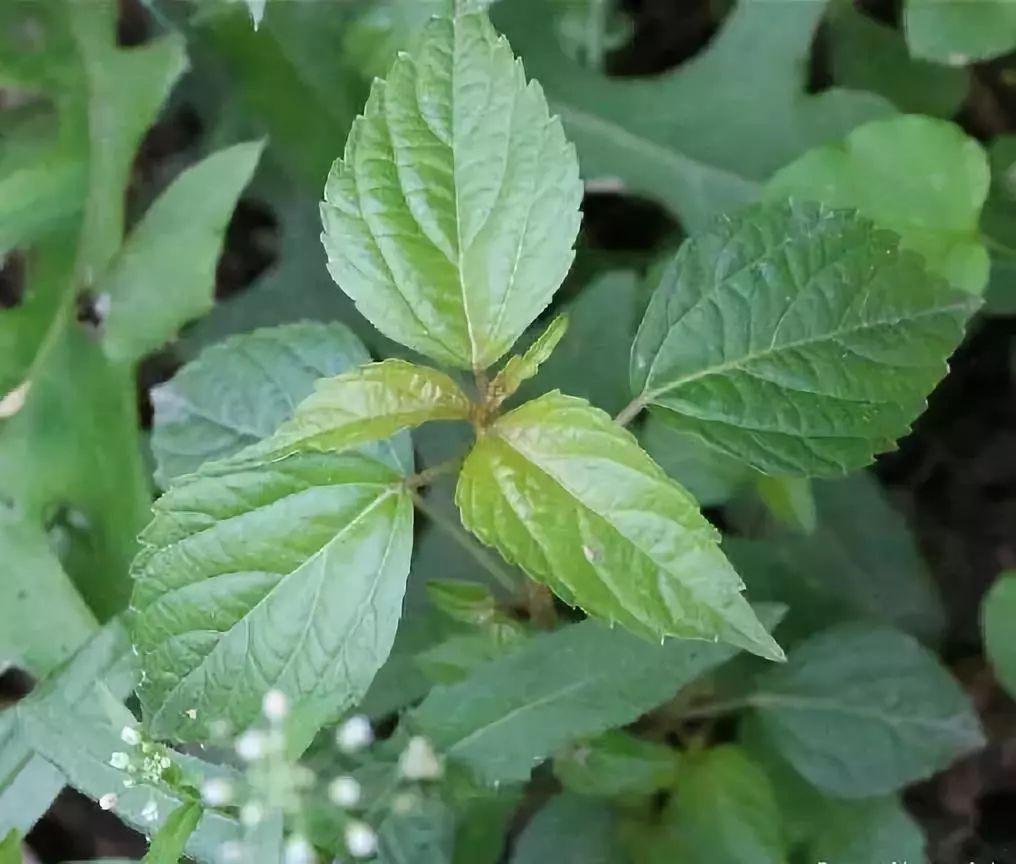
Tie Xian Cai is used medicinally from the whole herb or aerial parts, and the tender leaves can be consumed as one of the wild vegetable varieties in southern regions.
Functions and Indications: Has effects of clearing heat, detoxifying, dispelling dampness, and stopping bleeding.
23
Scientific Name:Jie Jie Cao (节节草)
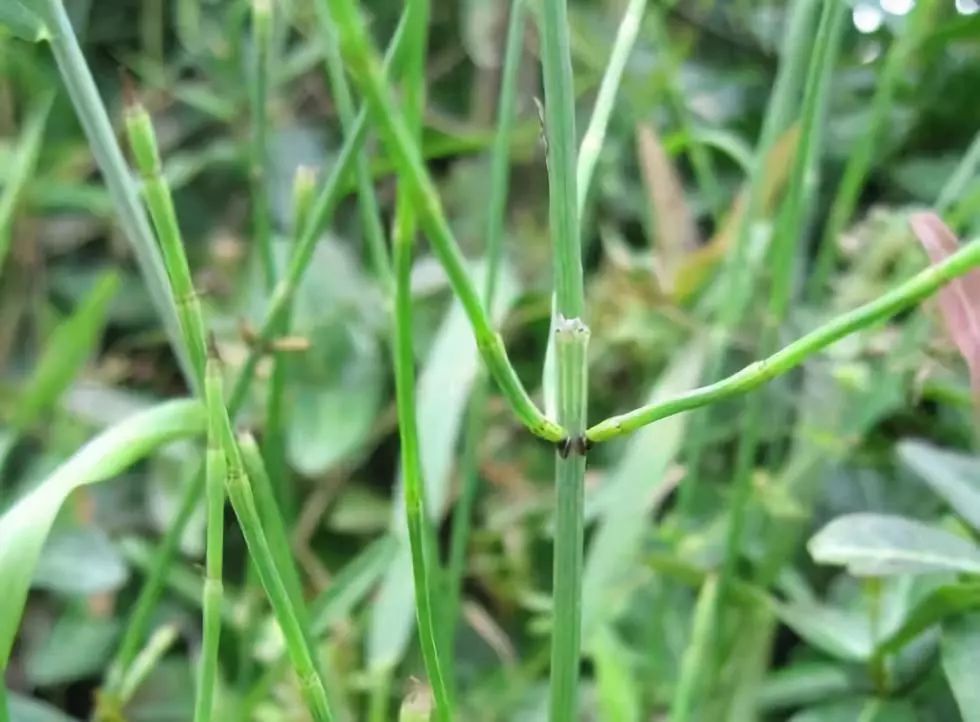
Functions and Indications: Dispels wind, scatters heat, and relieves muscle tension and fever. Clinically used to treat condyloma acuminatum and psoriasis.
24
Scientific Name:Bai Mao (白茅)
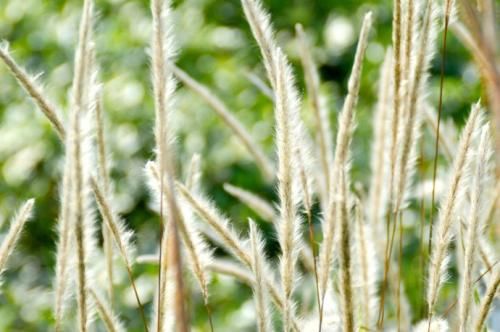
Medicinal Use
Bai Mao Gen is used to treat: Hematemesis, epistaxis, hematuria, urinary obstruction, urinary heat dysuria, gastroesophageal reflux, urinary tract infection, edema, damp-heat jaundice, vomiting due to stomach heat, lung heat cough, and asthma.
Flower clusters are used to treat: Epistaxis, hematemesis, external bleeding, nasal congestion, knife wounds, and various bleeding disorders, poisoning, and physical weakness.
25
Scientific Name:Bo Niang Hao (播娘蒿)
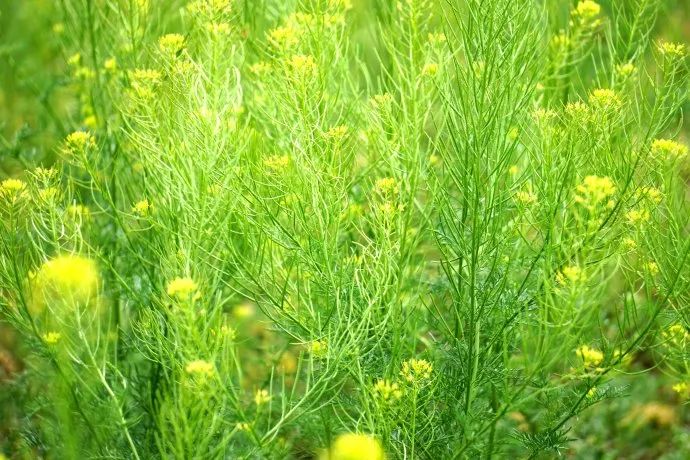
Functions and Indications
Traditional Chinese medicine treats phlegm, cough, facial swelling, chest and abdominal water retention, edema, and urinary obstruction, as well as pulmonary heart disease.
Mongolian medicine treats fever, internal heat, toxic heat, blood heat, and lung infections, cough, and asthma.
26
Scientific Name:Shui Sha Cao (水莎草)
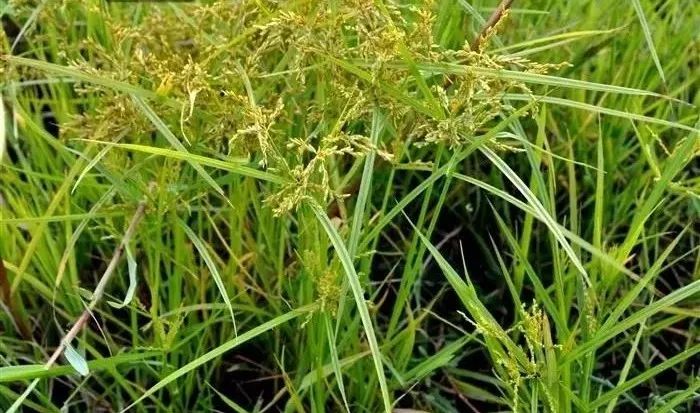
Functions and Indications: Stops cough and resolves phlegm. Treats chronic bronchitis.
27
Scientific Name:Qian Cao (茜草)

This herb stops bleeding without leaving stasis, used for heat-related bleeding, abdominal pain due to menstrual irregularities, and trauma. Combined with cuttlefish bone, it has a stronger hemostatic effect.
Functions and Indications: Cools blood, invigorates blood circulation, dispels stasis, and regulates menstruation. Used for hemoptysis, epistaxis, menorrhagia, external bleeding, menstrual stasis, joint pain, and swelling from trauma.
28
Scientific Name:Yuan Zhi (远志)
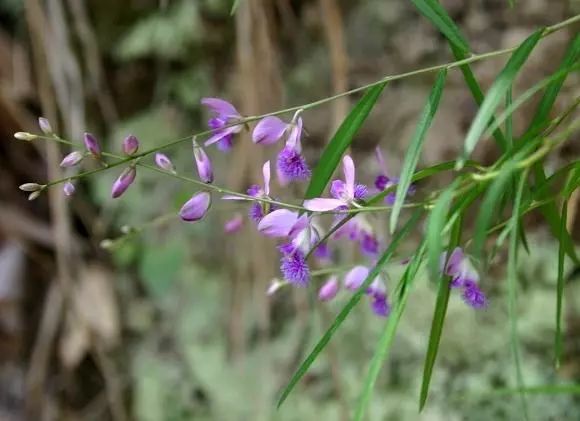
Functions and Indications: Calms the spirit and enhances intelligence, relieves depression. Treats palpitations, forgetfulness, nocturnal emissions, insomnia, and cough with phlegm, as well as abscesses and swellings.
29
Scientific Name:Ma Lan (马兰)
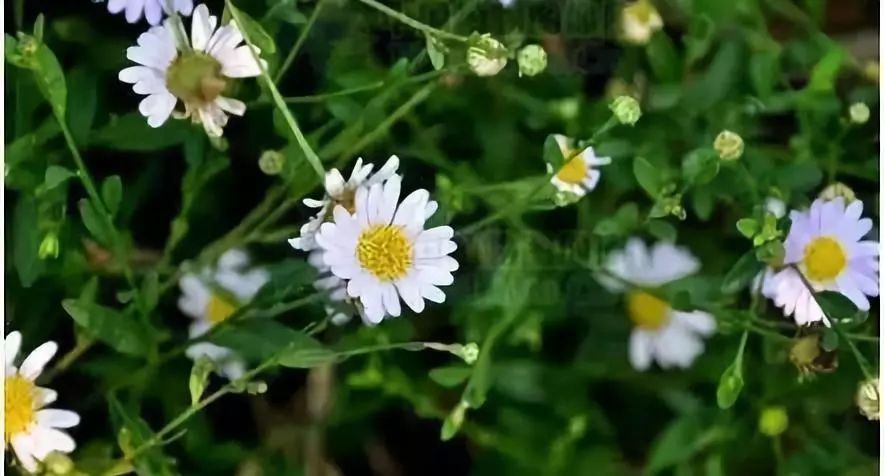
Functions and Indications: Treats hemoptysis, epistaxis, blood dysentery, menorrhagia, trauma bleeding, jaundice, edema, turbid urination, colds, cough, sore throat, hemorrhoids, abscesses, erysipelas, and children’s malnutrition.
30
Scientific Name:Hu Zhang (虎杖)
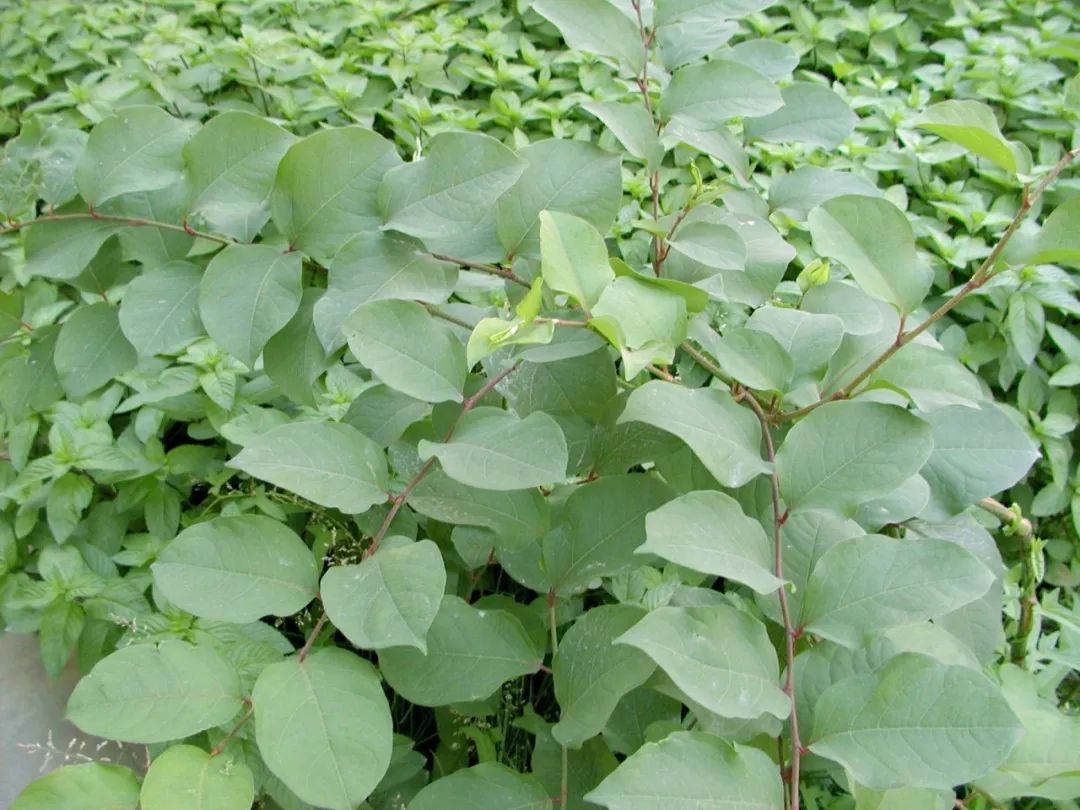
Functions and Indications: Dispels dampness, reduces jaundice, clears heat and detoxifies, disperses stasis, relieves pain, and stops cough while resolving phlegm. Used for damp-heat jaundice, turbid urination, leukorrhea, wind-damp pain, abscesses, burns, menstrual irregularities, and lung heat cough.
31
Scientific Name:Cu Jiang Cao (酢浆草) (cù jiāng cǎo)
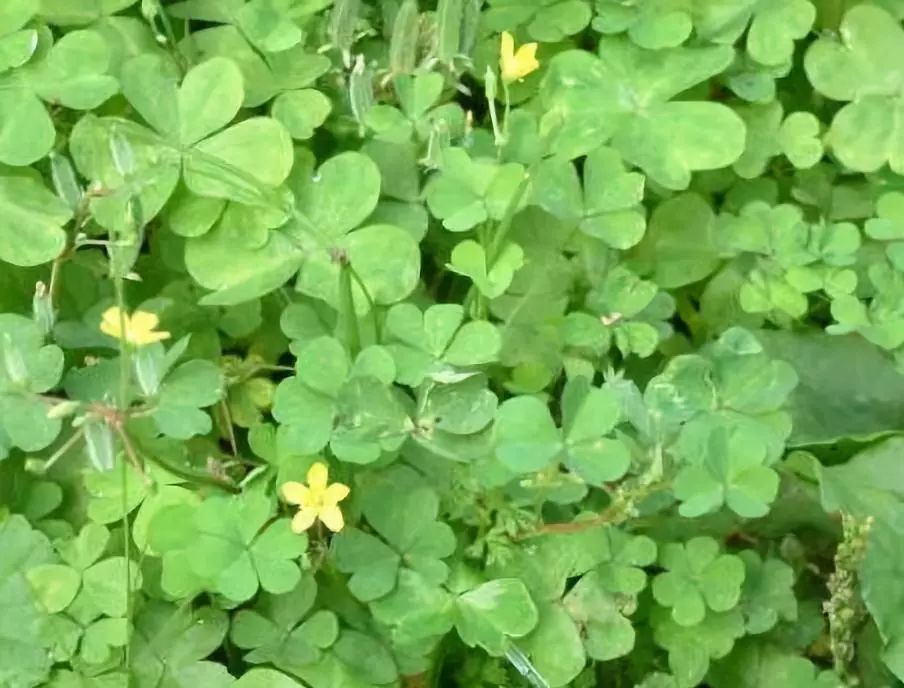
By clearing the grass, one can often find Cu Jiang Cao, whose “Cu” character is associated with vinegar. The “Compendium of Materia Medica” also states that it “tastes like vinegar,” both the stem and leaves.
Functions and Indications: The whole herb is used to clear heat, detoxify, reduce swelling, and disperse diseases.
The content of this article is for clinical reference only; non-professionals in TCM should not attempt to use these herbs.
Source: Yi Lu Huan Chang
Recommended Articles:
National-level TCM promotional video: Our Traditional Chinese Medicine is Shockingly Released!
Collection! Ni Haixia discusses the Treatise on Febrile Diseases, complete 58 volumes
Must-read! Ni Haixia discusses the Huangdi Neijing, complete 75 volumes (collection)
So precious! Liu Jingyuan’s complete 72 volumes of Warm Disease Studies (collection)
Why is Chinese civilization a civilization of the Way of Heaven? (recommended for collection)
So precious! TCM Formula Studies, complete 82 volumes (recommended for collection)
TCM Moxibustion promotional video, so beautiful, it will make you fall in love with moxibustion…
50 long-lost TCM health preservation music (collection)
Great love! Complete 23 volumes of “Hao Wanshan Talks about Health” (collection)
Hao Wanshan’s complete 70 volumes of “Treatise on Febrile Diseases” (collection)
Essentials! Complete 52 volumes of “TCM Internal Medicine” (collection)
Essentials! Ni Haixia’s complete 1-39 volumes of Shennong’s Classic of Materia Medica (recommended for collection)
Great love! Must-read TCM documentary “Huangdi Neijing”, complete 1-60 volumes, welcome to collect!
Anime “I Ching”, complete 43 volumes, very rare (recommended for collection)


